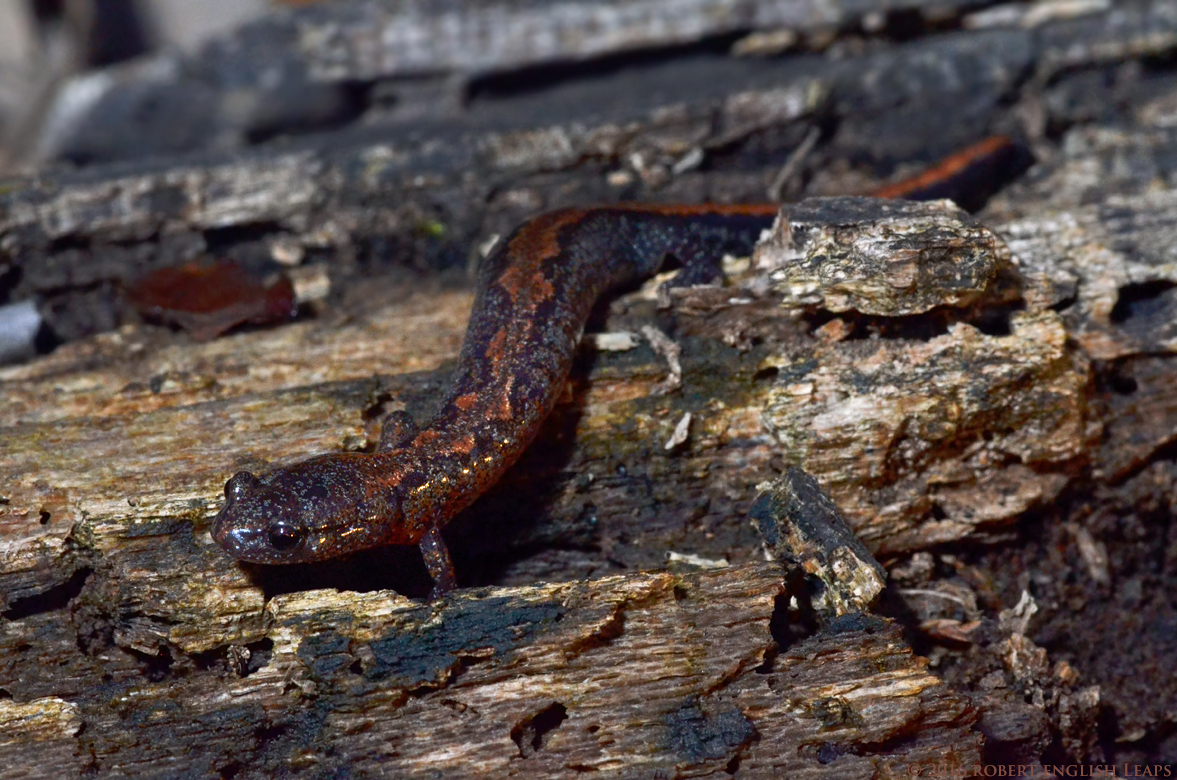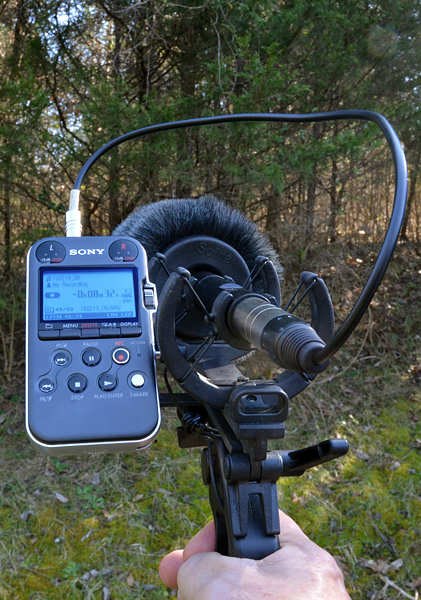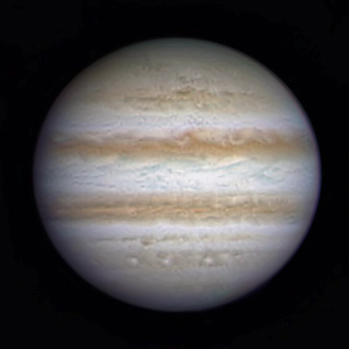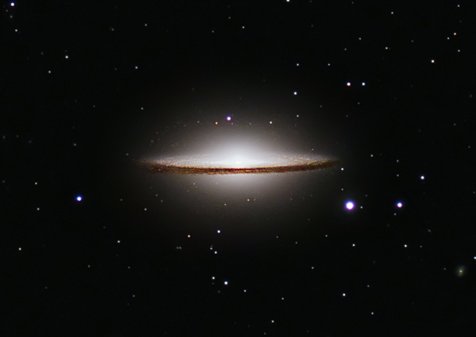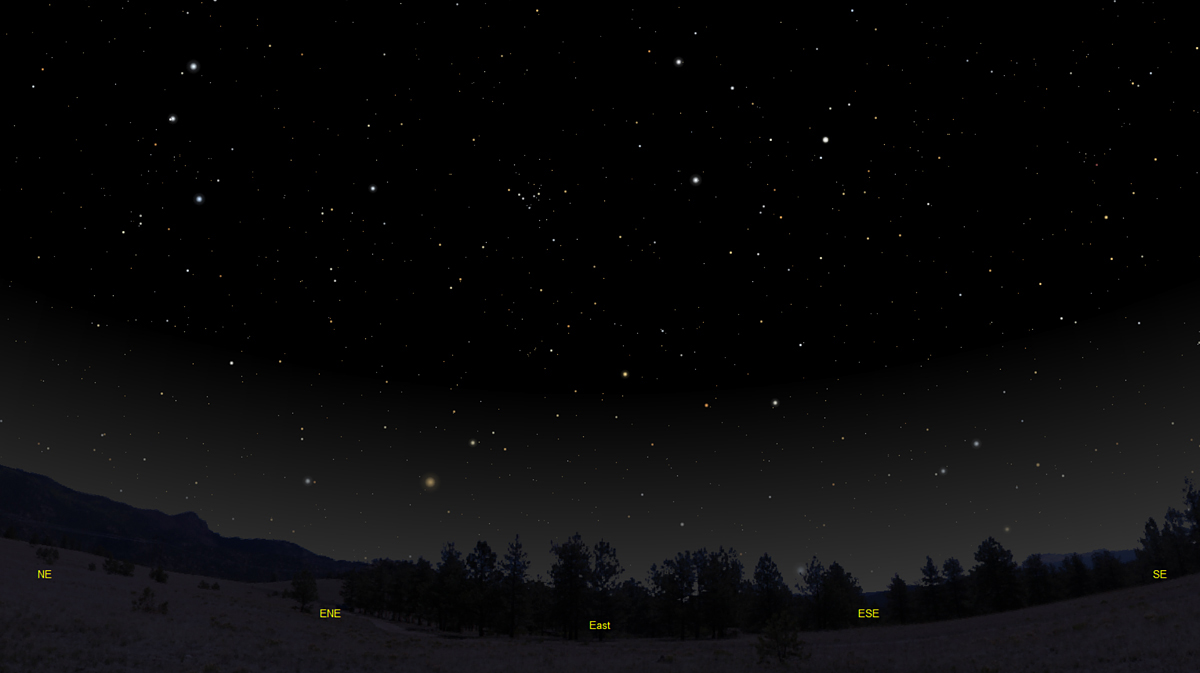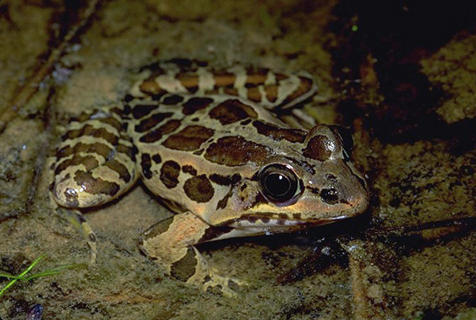The purpose of this feature is to give scout leaders, educators and naturalists an idea of some of the natural events coming up each month. We will try to cover a variety of natural events ranging from sky events to calling periods of amphibians, bird and mammal watching tips, prominent wildflowers and anything else that comes to mind. We will also note prominent constellations appearing over the eastern horizon at mid-evening each month for our area for those who would like to learn the constellations. If you have suggestions for other types of natural information you would like to see added to this calendar, let us know! Note: You can click on the hyperlinks to learn more about some of the featured items. To return to the Calendar, hit the "back" button on your browser, NOT the "back" button on the web page. All charts are available in a "printer friendly" mode, with black stars on a white background. Left clicking on each chart will take you to a printable black and white image. Please note that images on these pages are meant to be displayed at 100%. If your browser zooms into a higher magnification than that, the images may lose quality. Though we link book references to nationwide sources, we encourage you to support your local book store whenever possible.
Notes and Images From February 2016 One of our most enjoyable projects during the last few years has been the Tennessee Naturalist Program. This non-profit program, created to introduce interested adults to the natural history of Tennessee, was established in 2010. The pilot program was introduced at the Owl's Hill Nature Sanctuary in Brentwood, Tennessee. The program went statewide in 2011, and there are now eight chapters across the state. We've been fortunate to be instructors for the TNP since its beginning. On February 27th, we taught an Owl's Hill TNP class on the amphibians and reptiles of Tennessee. After a slide and sound session, our group searched for salamanders in two very different habitats on the Owl's Hill property. The first habitat was a wooded hilltop, the second a stream that winds through the sanctuary. We went to the hilltop to search for Zigzag Salamanders.
Zigzag Salamanders have been split into two species, Plethodon dorsalis and Plethodon ventralis. Since there is no way to tell the two apart morphologically, they are now usually referred to as the Zigzag Salamander complex. They occur in a variety of habitats, but we usually find them in rocky forested areas. They can often be found under rotten logs and other woody debris, and beneath stones. Fall and winter are the times when they are close to the surface, so we always make them a part of our February programs. Zigzags spend the rest of the year underground. Our intrepid TNP participants found nine of these salamanders in short order. These salamanders often have the zigzag pattern in rusty brown on their back, but some do not. Andrea found a particularly brightly colored one, and we photographed it on the log where she found it. All of the salamanders were carefully replaced exactly where they were found. After finding a few Northern Dusky Salamanders in the creek, we walked back in the evening twilight just as the bright stars of Orion and Canis Major were coming into view. It was a beautiful evening, and a reminder of why we do what we do.
Recently we've been looking for a fairly light and compact setup for recording natural sounds. We wanted something that gave us a little more control than the very inexpensive recorders that we discuss on the Recording Natural Sounds page, and produce a better recording. After reading a few reviews, we decided to buy a Sony PCM-M10 recorder. This recorder is moderately priced, makes terrific-sounding recordings, and is quite small and lightweight. Though the built-in stereo microphones work very well, we wanted a little more directionality to help screen out extraneous sounds. I made a bracket to mount the recorder to the pistol grip of a Sennheiser ME66 microphone. We used two of the ME66 mics back when we did most of our frog and toad recording, so we already had them. The remote control for the recorder attaches to the pistol grip, allowing one-handed recording. One problem we ran into with previous recording setups is cord management. Microphone and headset cords, if not secured well, can often introduce thumps into a recording. With this setup the cords are easy to manage, and the small headset that we have plugs into the upper left corner of the recorder, so it's easy to keep out of trouble. Both the recorder and the microphone are on isolation mounts. We like the "heads up" display of this setup. We haven't been out to a quiet place to record yet, but I decided to take it out into our field and record courtship calls of the American Woodcock. We have quite a bit of highway noise from Highway 96, and just after I started to record, I heard a train coming. I decided to keep the recorder on, and by doing so also caught our always-nearby coyotes answering the train horn. To listen to the recording, click here. You'll hear a lot more with a headset. We hope to make some more recordings soon at quieter places, and we'll post them here. Sky Events for March 2016: The Vernal Equinox, marking the beginning of Spring in the Northern Hemisphere, occurs at 11:30pm CDT on March 19th. Evening Sky:
Jupiter rises about 6:09pm in Leo at the beginning of the month. To get good telescopic views, wait until it is high in the sky. The great planet reaches opposition on March 8th, transiting around midnight. At opposition, the planet reaches 44 arc-seconds in apparent diameter, making small details easier to see. Mars is in Libra as the month begins, rising about 11:42pm. The planet's apparent diameter is growing larger as we near its closest approach to Earth in May. At the beginning of the month it's 8.8 arc-seconds in diameter, but grows to 11.8 arc-seconds by month's end. This will allow more and more detail to be seen as the month goes on. Mars is always fascinating to view, but it takes patience to wait for the moments when the Earth's atmosphere steadies. At these times you get fleeting glimpses of the fainter surface details. But remember, Mars is still only about a quarter of the apparent size of Jupiter this month. Watch for the planet to brighten a lot over the next three months till it blazes like a red coal. Morning Sky: Saturn is climbing higher in the southeast before sunrise at the beginning of the month, rising about 1:05am CST. The tilt of the rings has now opened to 26 degrees, and the view is spectacular in any size telescope. Your best views will be just before sunrise.Look for Venus very low in the southeast about 30 to 40 minutes before sunrise.
Constellations: The views below show the sky looking east at 9:30pm CDT on March 15th. The first view shows the sky with the constellation outlines and names depicted. Star and planet names are in green. Constellation names are in blue. The second view shows the same scene without labels. The bright star Arcturus, in Bootes, the Herdsman, makes its appearance this month in the early evening sky, a sure sign that Spring is here. Virgo clears the horizon this month along with Corvus, the Crow. The area of sky encompassing Leo, Virgo and Como Berenices marks the heart of the great Virgo cluster of galaxies. In the early morning hours Virgo will have risen high enough in the sky to search for the many bright galaxies that are in this region. Messier 104, in southern Virgo just above Corvus, is one of the easier galaxies to spot in binoculars. Click the image above to go to a full size image and a binocular finder chart. On Learning the Constellations: We advise learning a few constellations each month, and then following them through the seasons. Once you associate a particular constellation coming over the eastern horizon at a certain time of year, you may start thinking about it like an old friend, looking forward to its arrival each season. The stars in the evening scene above, for instance, will always be in the same place relative to the horizon at the same time and date each March. Of course, the planets do move slowly through the constellations, but with practice you will learn to identify them from their appearance. In particular, learn the brightest stars (Like Arcturus and Denebola in the above scene looking east), for they will guide you to the fainter stars. Once you can locate the more prominent constellations, you can "branch out" to other constellations around them. It may take you a little while to get a sense of scale, to translate what you see on the computer screen or what you see on the page of a book to what you see in the sky. Look for patterns, like the stars of Corvus the Crow. The earth's rotation causes the constellations to appear to move across the sky just as the sun and the moon appear to do. If you go outside earlier than the time shown on the charts, the constellations will be lower to the eastern horizon. If you observe later, they will have climbed higher. As each season progresses, the earth's motion around the sun causes the constellations to appear a little farther towards the west each night for any given time of night. The westward motion of the constellations is equivalent to two hours per month. Recommended: Sky & Telescope's Pocket Star Atlas is beautiful, compact star atlas. A good book to learn the constellations is Patterns in the Sky, by Hewitt-White. You may also want to check out at H. A. Rey's classic, The Stars, A New Way to See Them. For skywatching tips, an inexpensive good guide is Secrets of Stargazing, by Becky Ramotowski. A good general reference book on astronomy is the Peterson
Field Guide,
A Field Guide to the Stars and Planets, by Pasachoff. The book retails for around $14.00. The Virtual Moon Atlas is a terrific way to learn the surface features of the Moon. And it's free software. You can download the Virtual Moon Atlas here. Cartes du Ciel (described in the monthly notes above) is a great program for finding your way around the sky. It is also free, and can be downloaded here. Apps: We really love the Sky Safari Pro application described here. For upcoming events, the Sky Week application is quite nice. Both apps are available for both I-phone and Android operating systems. The newest version, Sky Safari 4, is available here. A nother great app is the Photographer's Ephemeris. Great for finding sunrise, moonrise, sunset and moonset times and the precise place on the horizon that the event will occur. Invaluable not only for planning photographs, but also nice to plan an outing to watch the full moon rise. Available for both androids and iOS.
Amphibians:
By the end of February this year we've heard Upland Chorus Frogs, Spring Peepers, American Toads and Southern Leopard Frogs. Crawfish Frogs give their loud snoring calls early in the month in West Tennessee. At higher elevations, listen for Mountain Chorus Frogs. Towards the end of the month listen for Pickerel Frogs doing their "yeeooow" call. Remember that on mild nights you may find frogs and toads out foraging that you do not hear until later in the season. On warm days listen for early treefrogs, like Cope's Gray Treefrog, and for early Northern Cricket Frogs. The Northern Cricket Frogs at our pond often call just before a train passes by our field, possibly stimulated by the vibrations. Recommended: The Frogs and Toads of North America, Lang Elliott, Houghton Mifflin Co.
Archives (Remember to use the back button on your browser, NOT the back button on the web page!) Natural Calendar February 2016 Natural Calendar December 2015 Natural Calendar November 2015 Natural Calendar November 2014 Natural Calendar September 2014 Natural Calendar February 2014 Natural Calendar December 2013 Natural Calendar September 2013 Natural Calendar December 2012 Natural Calendar November 2012 Natural Calendar September 2012 Natural Calendar February 2012 Natural Calendar December 2011 Natural Calendar November 2011 Natural Calendar September 2011 Natural Calendar December 2010 Natural Calendar November 2010 Natural Calendar September 2010 Natural Calendar February 2010 Natural Calendar December 2009 Natural Calendar November 2009 Natural Calendar September 2009 Natural Calendar February 2009 Natural Calendar December 2008 Natural Calendar November 2008 Natural Calendar September 2008 Natural Calendar February 2008 Natural Calendar December 2007 Natural Calendar November 2007 Natural Calendar September 2007 Natural Calendar February 2007 Natural Calendar December 2006 Natural Calendar November 2006 Natural Calendar September 2006 Natural Calendar February 2006 Natural Calendar February 2003 Natural Calendar December 2002 Natural Calendar November 2002 Nature Notes Archives: Nature Notes was a page we published in 2001 and 2002 containing our observations about everything from the northern lights display of November 2001 to frog and salamander egg masses. Night scenes prepared with The Sky Professional from Software Bisque All images and recordings © 2016 Leaps
|
|
